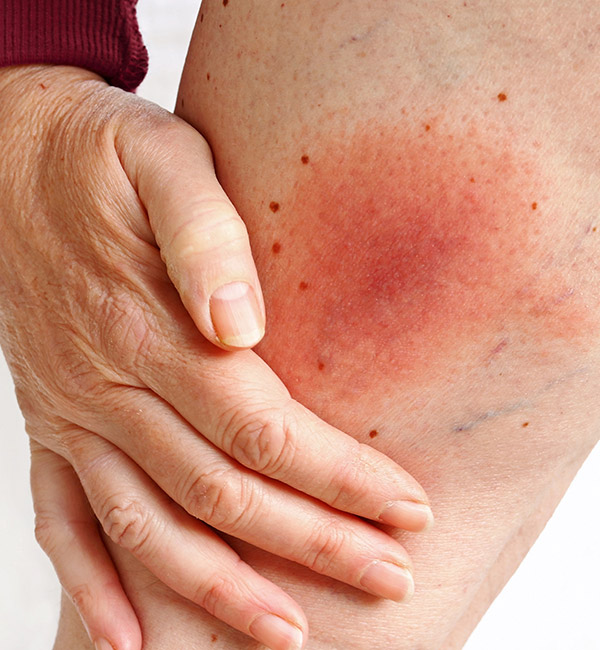Lyme disease is an infectious illness caused by the bacterium Borrelia burgdorferi, most often transmitted through the bite of infected black-legged ticks (deer ticks). If left untreated, it can lead to severe complications affecting the joints, nervous system, and heart.
Early diagnosis and treatment are crucial to prevent long-term effects. At King’s Pharmacy & Compounding Center, we work closely with patients and healthcare providers to ensure they receive the right medications and support for their treatment plans.

Ticks carrying Borrelia burgdorferi typically live in grassy, wooded, or brush-filled areas. The bacteria enter the bloodstream when an infected tick remains attached for more than 24 hours.
While most cases occur in the spring and summer, tick bites can happen year-round in certain climates. Prevention measures include wearing protective clothing, using tick repellents, and checking your body after spending time outdoors.
Symptoms may vary depending on the stage of the infection:
Early Stage (Days to Weeks After Bite)
Later Stage (Weeks to Months After Bite)
Healthcare providers may diagnose Lyme Disease based on symptoms, physical findings (like rash), and the likelihood of tick exposure. Blood tests can help confirm the diagnosis in later stages.
Treatment typically involves antibiotics such as doxycycline, amoxicillin, or cefuroxime. In more complex or persistent cases, compounded medications may be recommended to tailor the dose, formulation, or delivery method for the patient’s needs.
At King’s Pharmacy & Compounding Center, we can:
Yes. When diagnosed and treated early, most patients recover fully. Some may experience lingering symptoms, known as Post-Treatment Lyme Disease Syndrome (PTLDS).
Most cases are treated within 2–4 weeks of antibiotics, though some patients may require longer courses based on symptoms.
Absolutely. Our compounding team specializes in creating custom antibiotic suspensions that are easier for children to take.
We can work with your healthcare provider to develop alternative compounded medication options tailored to your needs.
King’s Pharmacy is licensed in multiple states and specializes in custom-compounded medications. For Lyme Disease patients, we provide: Personalized prescription solutions, Expert pharmacist consultations, Nationwide shipping where permitted and Compassionate care from a dedicated team.
Adding {{itemName}} to cart
Added {{itemName}} to cart